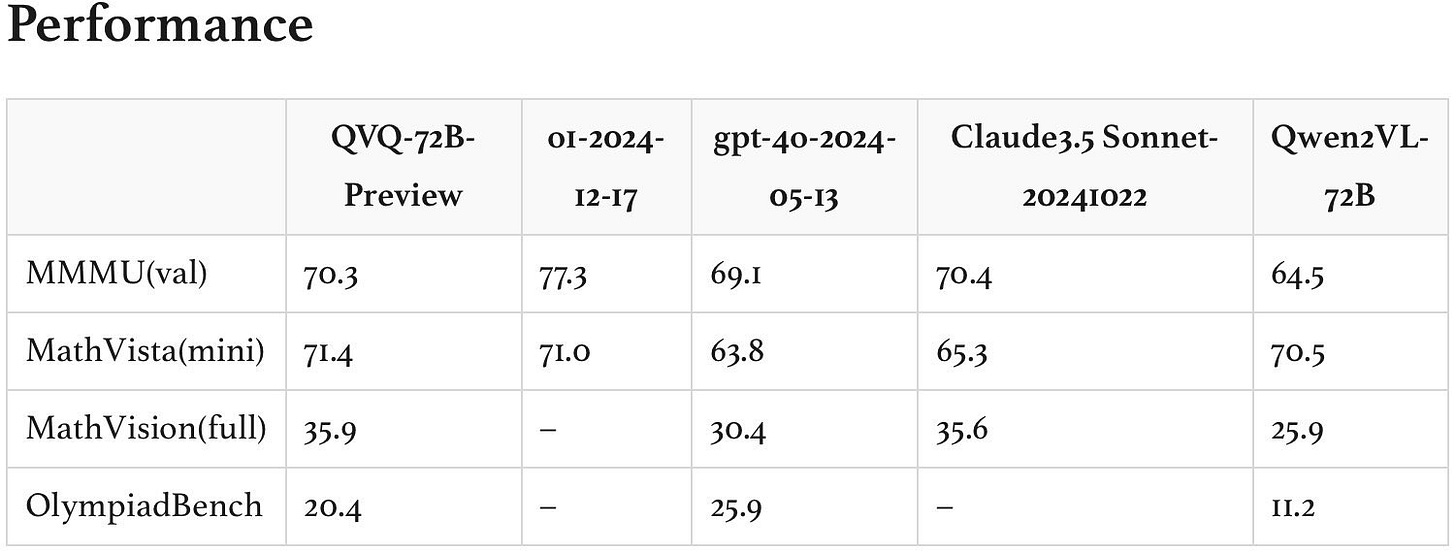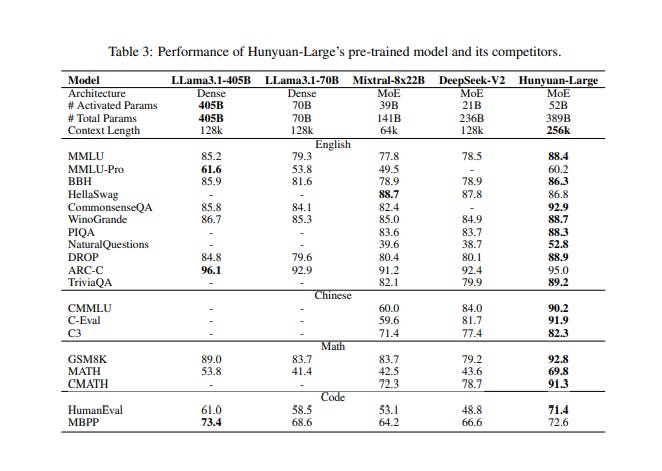China's AI Ascendancy
The global race for AI dominance is on, and while the US and other Western nations are strong contenders, China is emerging as a front-runner. Despite facing significant hurdles, including sanctions restricting access to advanced chips, China's strategic approach and unique advantages are propelling its AI sector forward at an astonishing pace.
One of China's greatest assets is its massive population of 1.4 billion people, generating an unparalleled volume and diversity of data. This data is the lifeblood of AI, fueling the training of sophisticated algorithms that can recognize patterns, make predictions, and even mimic human creativity. Furthermore, China's approach to data privacy, which is less restrictive than in the West, allows for greater access and utilization of this valuable resource. This advantage is reflected in the rapid growth of Chinese AI companies/AI patents.
Beyond data, China's government has made AI a national priority, pouring billions into research and development. The “Next Generation Artificial Intelligence Development Plan" outlines ambitious goals, aiming for China to become the world leader in AI by 2030. This top-down approach has fostered a thriving AI ecosystem, with over 1,000 AI companies operating in China today. Moreover, the government is actively cultivating homegrown talent through specialized programs and incentives, reducing reliance on foreign expertise.
China's AI sector has become a magnet for top talent, both domestically and internationally. According to a recent PNAS publication, Chinese researchers are ditching America to return home in greater numbers than ever before. This influx of talent is underpinned by substantial investment. IDC projects China's AI investment to reach $38.1 billion in 2027, accounting for 9% of the world's total investment. This represents a compound annual growth rate (CAGR) of 26.9% from 2022 to 2027, outpacing the global average. Furthermore, by 2026, China's top 500 companies will allocate over 30% of their core IT spending to AI, accelerating product innovation and process improvement at a double-digit rate.
Adapting to the Chip Challenge
While China excels in data and talent, it faces a significant challenge; access to advanced chips. US sanctions have restricted the supply of high-end semiconductors, crucial for training and running complex AI models.
The Scope of Restrictions
Advanced Chips: The US has imposed strict limits on the export of high-end chips, particularly those used for AI training and inference, to Chinese companies and research institutions. This includes cutting-edge GPUs from NVIDIA and AMD, which are essential for running complex AI models.
Chip Manufacturing Equipment: The US has also restricted the sale of advanced chip manufacturing equipment to China, hindering its ability to produce its own high-end chips. This includes equipment for lithography, a critical process in chip fabrication, which limits China's ability to catch up with leading manufacturers like TSMC and Samsung.
“Entity List" Designations: The US Department of Commerce maintains an "Entity List" of companies and organizations deemed to pose a national security risk. Chinese tech giants like Huawei, SMIC and Tencent have been added to this list, restricting their access to US technology and components.
China's Response
Despite these challenges, China is not backing down. The country is pursuing a multi-pronged strategy to mitigate the impact of sanctions and maintain its AI momentum:
Domestic Chip Development: China is investing heavily in domestic chip design and manufacturing, aiming to reduce reliance on foreign suppliers. Companies like Huawei and SMIC are making progress in developing advanced chip technologies, although they still lag behind industry leaders like TSMC and Samsung.
Algorithmic Efficiency: Chinese researchers are focusing on developing AI algorithms that can run efficiently on less powerful hardware, mitigating the impact of chip limitations. This focus on optimization is leading to breakthroughs in model compression and efficient training techniques.
Open-Source Collaboration: China actively participates in the global open-source community, leveraging shared knowledge and contributing to advancements in AI software and hardware. This collaborative approach allows China to access and contribute to cutting-edge technologies, despite trade restrictions.
While sanctions on advanced chips pose a challenge, China is responding with a combination of innovation and adaptation. This strategic approach is yielding impressive results across various AI domains. A prime example is Tencent's recent release of Hunyuan-Large, a language model that has surpassed Meta's most powerful Llama variant in several key benchmarks.
This achievement is particularly noteworthy because Hunyuan-Large was trained using less powerful, unrestricted Nvidia H20 GPUs, according to research by the Berkeley Risk and Security Lab. This highlights the ingenuity and resourcefulness of Chinese AI developers, who are finding ways to overcome limitations and achieve impressive results. While benchmarks provide an incomplete picture of an AI model's overall capabilities, Hunyuan-Large's performance underscores China's growing prowess in the field of large language models. This success story is just one example of China's broader AI momentum.
China’s AI Leaders
China's ascent in the realm of artificial intelligence is nothing short of remarkable. The nation isn't simply replicating Western advancements; it's forging a distinct path, fueled by a dynamic ecosystem of tech giants, ambitious startups, and unwavering government support. Tech giants like Alibaba and Tencent are at the forefront of this revolution, leveraging their massive user bases and technological prowess to drive innovation across various sectors.
Alibaba, the e-commerce and cloud computing behemoth, has deeply integrated AI across its diverse businesses. Alibaba Cloud, its cloud computing arm, provides a robust platform for AI development and deployment, supporting a vast network of clients with its extensive infrastructure and comprehensive suite of AI services. Alibaba's DAMO Academy, a research institute dedicated to cutting-edge technologies, is pioneering research in areas like natural language processing and computer vision, consistently pushing the boundaries of AI innovation.
Alibaba's AI ambitions extend far beyond research. The company is actively developing and deploying advanced AI models across its various platforms. In November 2024, Alibaba released a series of powerful reasoning models known as Qwen (Tongyi Qianwen). These models, which include Qwen-72B and Qwen-1.8B, are designed for multimodal processing and have shown impressive capabilities in various tasks, including text generation, translation, and question answering. By some measures, these Qwen models rival/outperform OpenAI's impressive offerings, demonstrating Alibaba's commitment to developing world-class AI capabilities.
Tencent, the social media giant behind WeChat, with its staggering user base of over 1.3 billion monthly active users, is another major player in China's AI landscape. Tencent is harnessing AI to enhance user engagement across its platforms, personalizing content recommendations, and combating the spread of misinformation. For example, Tencent leverages AI to power its news feed algorithms, ensuring users see content relevant to their interests. This includes identifying and filtering out fake news and harmful content, a critical function in today's digital age. The company is also making significant strides in AI-powered healthcare, developing tools for medical imaging analysis, drug discovery, and disease prediction. Tencent's AI-powered medical imaging tools are being used to assist doctors in diagnosing diseases like cancer with greater accuracy and efficiency.
Tencent recently unveiled Hunyuan-Large, an open-source model that the company’s testing found outperformed top open-source models developed in the U.S. across several benchmarks, including tasks like text summarization, translation, and question-answering. This achievement highlights Tencent's dedication to pushing the boundaries of AI technology and contributing to the open-source community. Furthermore, Tencent is actively integrating Hunyuan-Large into its own products and services, including WeChat, QQ, and Tencent Cloud AI, demonstrating its commitment to bringing cutting-edge AI capabilities to its users.
Beyond these established giants, a vibrant startup scene is disrupting the status quo. DeepSeek, for instance, has emerged as a formidable player in the field of large language models. Its recent release, DeepSeek-v3, currently holds the top spot among open-source AI on a popular online leaderboard, demonstrating its ability to compete with even the most advanced closed systems from OpenAI and Anthropic. Similarly, SenseTime is leading the way in computer vision, developing cutting-edge facial recognition technology with applications ranging from security to autonomous driving. And iFlytek, a pioneer in speech recognition, is driving innovation in voice assistants and machine translation.
Conclusion: A Force to be Reckoned With
China's AI landscape is a testament to the country's ambition, innovation, and determination to lead in the global technology race. Despite facing challenges, China's strategic investments in data, talent, and research, coupled with its adaptive approach to overcoming limitations, are propelling its AI sector forward at an impressive pace. With its tech giants, dynamic startups, and supportive government, China is poised to become a dominant force in the AI-powered future.
The country's advancements in computer vision, natural language processing, and robotics are transforming various industries, from security and surveillance to healthcare and manufacturing. As China continues to push the boundaries of AI innovation, its influence on the global technology landscape will only continue to grow. The world is watching as China's AI ecosystem matures, and its impact on the future of technology is undeniable.
Disclaimer: The content provided in this newsletter is for informational purposes only and does not constitute financial, investment, or other professional advice.








Alibaba collaborated with Deepseek for Qwen? Mind if you link the source?